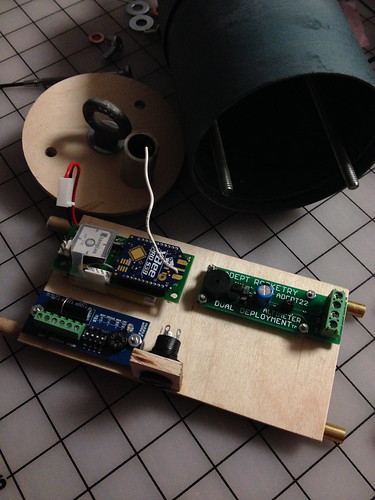I have never done any kind of electronic tracking. But I am going to need it soon. I know nothing about it--how to, cost, availability, etc.
I would like to know what people are using, how hard it is to learn, where you got it, and what you paid for it.
I read up on most of the devices on BigRedBee, but I think I don't know enough to understand what I'm seeing. I certainly don't need GPS data to download to my PC or anything like that. I just want something that will help me find my rocket if it gets way up there and out of sight.
Thanks.
I would like to know what people are using, how hard it is to learn, where you got it, and what you paid for it.
I read up on most of the devices on BigRedBee, but I think I don't know enough to understand what I'm seeing. I certainly don't need GPS data to download to my PC or anything like that. I just want something that will help me find my rocket if it gets way up there and out of sight.
Thanks.



